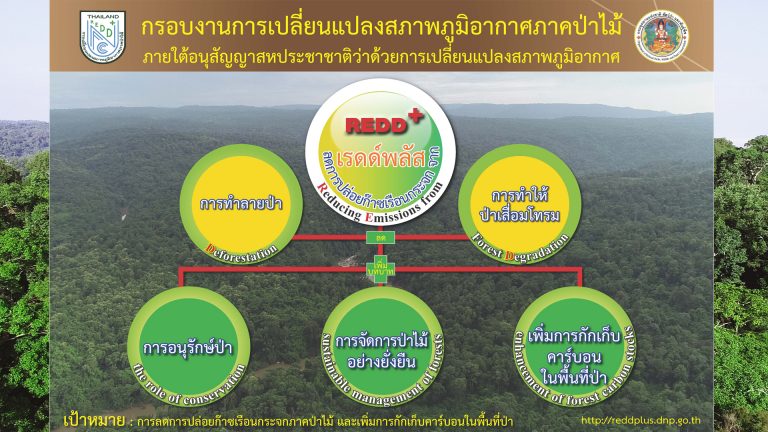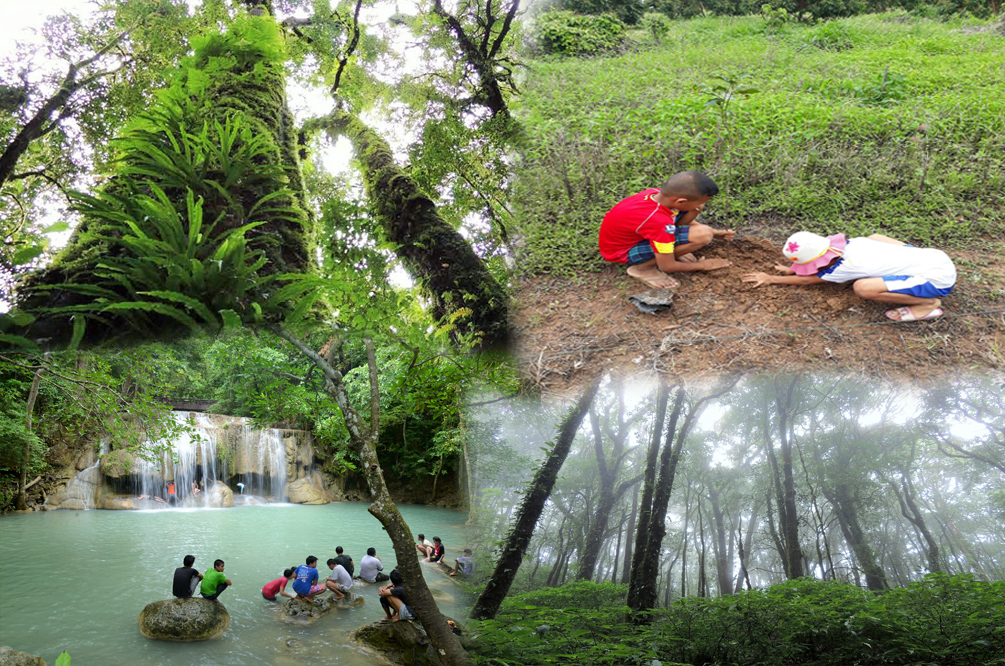
1. Reducing deforestation, for example
taking care of the forest area
Resolving conflicts in forest land use
Preventing the transformation of forest areas into agricultural areas pasture
Growing energy crops, housing and controlling proper urbanization.
Strict, fair and serious law enforcement
Sustainable Agricultural Development
Reduce the use of energy from wood in the forest.
2. Reducing forest degradation, for example
Preventing and reducing logging from the forest that exceeds the forest's productivity.
Preventing and mitigating the effects of forest fires
Promoting the planting of charcoal fuel crops to offset the use of trees from the forest
Preventing the adoption of pets in the forest area
Reducing the dependence on or collecting Take out the resources from the forest area.
3. Forest conservation, for example
Increasing conservation forest areas such as national parks wildlife sanctuaries, etc.
Strict control and maintenance of conserved forest areas
Restoration of conserved forests to be more complete
Networking and REDD Plus correspondents
4. Sustainable forest management, for example
improvement of woodworking To produce continuously and not cause forest degradation.
strengthening existing forest laws and regulations;
The use of forest products without affecting the forest ecosystem. or reduce the strength of the forest
Replant forest trees when they are cut down to use.
Encouraging communities to plant forests in their own areas for use And for future generations to use without taking the products and results that arise from natural forests used to maintain the integrity of nature
5. Increasing carbon sequestration, for example
Replant trees when they are cut down to use.
Promote or manage the growth of natural forests.
planting forests in different areas for increased carbon storage
Extending the cutting cycle to maintain the carbon content in the area for a period of time
Encourage the use of wood products in development and construction etc.
Increase the biomass yield per area. By using the principles of forest management according to academic principles, such as the selection of quality breeds
Reforestation in the area that used to be forest but was destroyed.
Restoration of natural forests and recovery of degraded forest areas.

